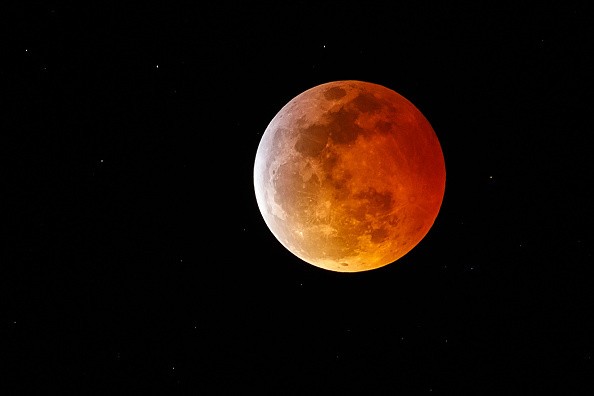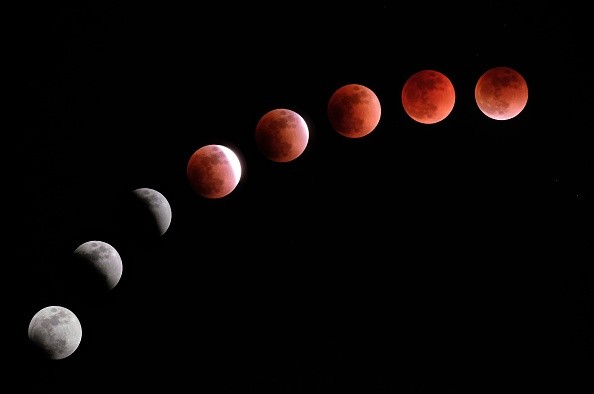A new supercomputer simulation shows the moon's possible origin. Space experts have been studying samples from the Earth's natural satellite for the past few years.

They conducted various observations and studies involving lunar rocks so that they can understand how the moon actually formed.
Most of the theories about the moon's origin are an impact between two heavenly bodies, specifically the original Earth and Theia; a Mars-sized space object.
However, theories about the moon's origin commonly suggest that the natural satellite formed at a slow rate since it was created by the gradual accumulation of the impact's debris.
Now, the new supercomputer simulation might change this belief.
Supercomputer Simulation Shows Possible Moon Origin
According to PhysOrg's latest report, researchers from Durham University's Institute for Computational Cosmology simulated hundreds of different impacts.

Their calculations were performed by the so-called SWIFT, an open-source simulation code that runs on the DiRAC Memory Intensive service.
Based on their findings, the moon actually formed at a faster rate compared to the recent theories. If this is true, less became molten during the formation.
"This formation route could help explain the similarity in isotopic composition between the lunar rocks returned by the Apollo astronauts and Earth's mantle," explained Vincent Eke, the study's co-author.
What Moon Origin Simulation Shows
In the actually detailed simulation, two space objects (one larger and one smaller) collided with each other. The bigger heavenly body was destroyed by still retaining its shape.
After the impact, the larger planet absorbed the debris of the smaller space object. Near the video's end, a whip-like effect left a small part of the smaller heavenly body intact.
This suggested that the moon didn't come from debris accumulation. Instead, the simulation shows that the natural satellite is the surviving part of the smaller space object after the collision.
You can check the official study titled "Immediate Origin of the Moon as a Post-impact Satellite" to see further details.
Meanwhile, the first UAE moon spaceflight was recently confirmed.
Previously, China and UAE decided to work together for their future moon rover missions.
For more news updates about the moon and Earth, always keep your tabs open here at TechTimes.
Related Article : Dark Side of the Moon? AI to Help Illuminate Areas That See No Light
This article is owned by TechTimes
Written by Griffin Davis
ⓒ 2025 TECHTIMES.com All rights reserved. Do not reproduce without permission.




